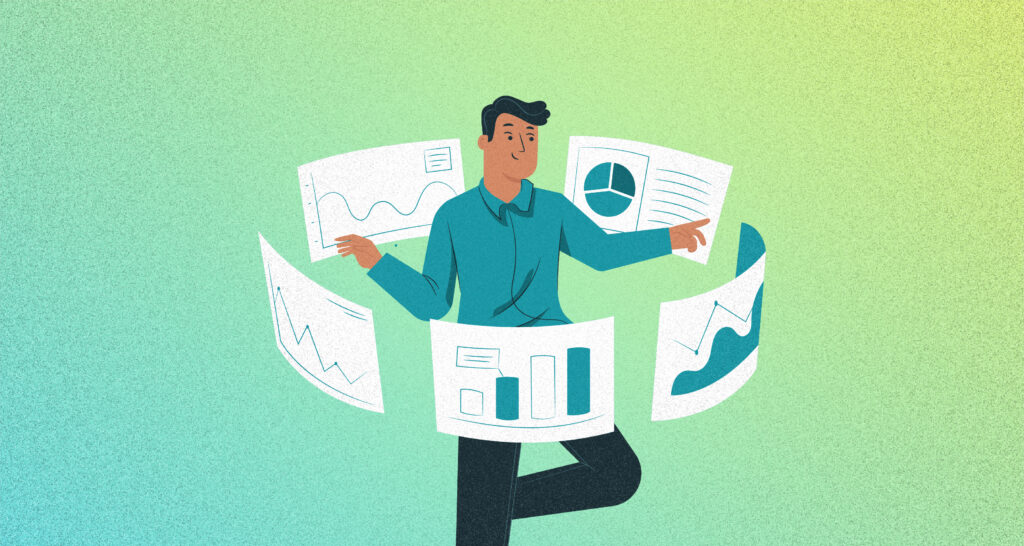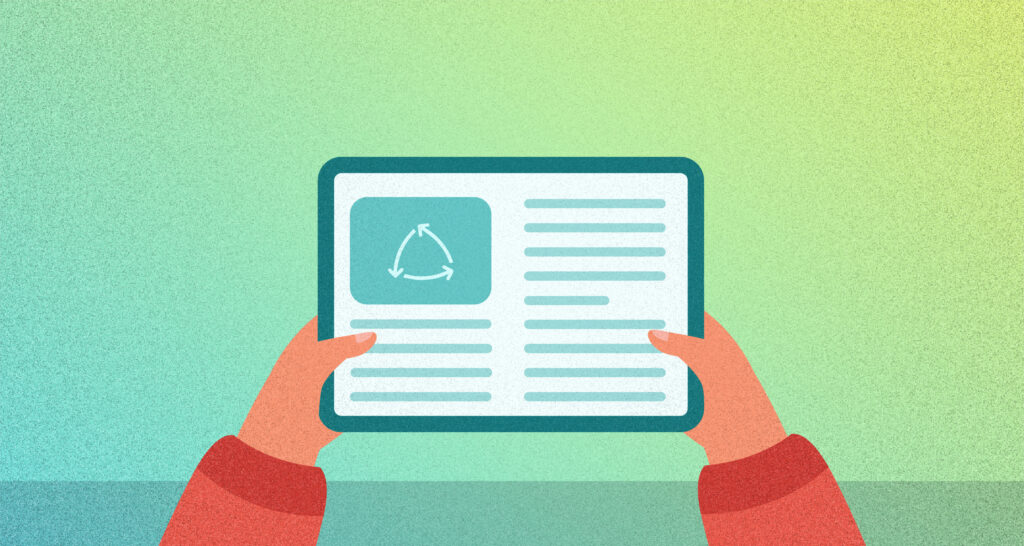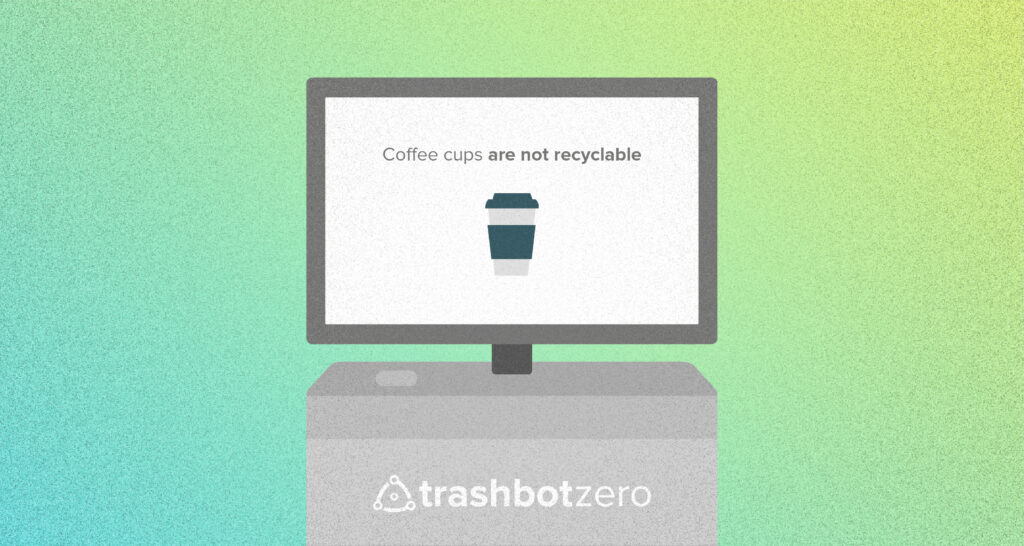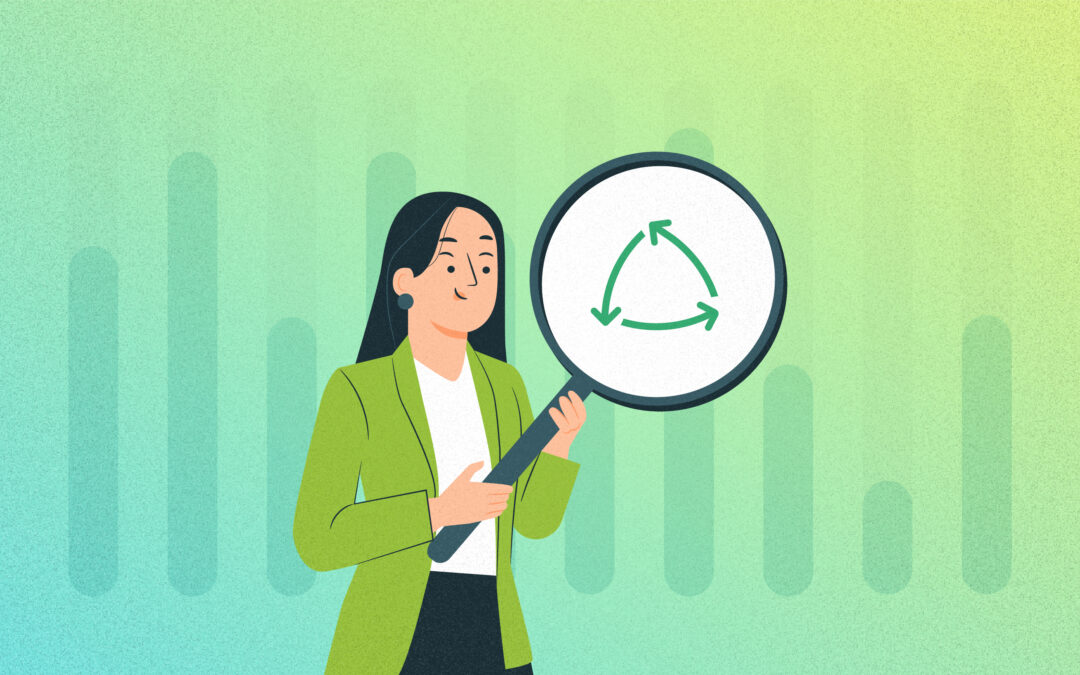For centuries, philosophers have debated whether people are instinctively good or bad, and recent studies show that our first impulses are generally selfless. When it comes to recycling, people want to do right by the environment by recycling and living a conscious lifestyle. However, what they don’t know is how to do it properly.
A recent survey by Republic Services revealed that 88% percent of the respondents said that recycling is important but nearly all of them failed that basic recycling quiz. What’s even more surprising is that only 4% of the respondents scored an A on the quiz. Since people have good intentions, we can only assume that the issue is a lack of recycling data and education among the masses.
How Wishcycling is Doing More Harm than Good
Whether you’re new to recycling or a seasoned pro, recycling labeling can be a challenge. People often believe that all recyclables can be recycled curbside or that everything with a recycling symbol can be recycled. While confusions and misconceptions are one thing, wishcycling is a whole other story.
Wishcycling (also known as aspirational recycling) is when you put items in the recycling bin hoping that they will be recycled despite the rules stating otherwise. What makes Wishcycling more harmful to the environment is that it contaminates the entire batch and everything that could be recycled ends up in a landfill. The recycling industry is struggling as it is and aspirational recycling often ends up causing facilities to dedicate more resources to sorting the items.
“A little knowledge is a dangerous thing”
When people don’t know exactly what to do, they decide to go with what they think they should do. In recycling, that can be worse, and educating people about recycling can help us avoid wishcycling and bring us one step closer to a better tomorrow.

Recycling Data is Power
Over the last two decades, people have realized the importance of data. It helps us understand how certain things happen, help us make better decisions, and work smarter. Companies like Google and Amazon have leveraged data to improve and boost their ROI. Scientists are currently using data to understand the rapidly changing environment and how to combat climate change.
Data helps to recycle in many ways, like pinpointing the root causes behind recycling problems and resolving those. For example, in Europe, trash disposal generally costs households, while recycling is free. It can also help companies develop technologies like recycling robots, smart bins, and other solutions that streamline the recycling process and make it faster.
Another great way that data can help companies recycle is identifying areas where they are creating waste. That way, they can develop a solution to reduce waste and turn towards more environment-friendly options.
Leveraging Recycling Data for Recycling Education
What happens if you throw the coffee grounds into the recycling bin? The most likely scenario is that everything in the recycling bin goes to waste. While recycling is important, what’s even more important is knowing what and how to recycle. If you mix recyclables with non-recyclables, all your effort can go in vain.
That’s where recycling education comes in. In a world where people want to do good but make mistakes, the best course of action is to use data and educate people about what to do and how.

How to Start Practical Recycling Education
Starting recycling education can start from the very top i.e., our schools. Republic Services, with the help of educators, has designed a free, downloadable curriculum that is designed to educate students about recycling. This has the potential to not only educate the students but also change their mindset from the very beginning.
Another way to drive public change is through direct feedback. In a Texas Municipality, a public education campaign was led to decrease contamination rates in household recycling. The campaign included giving out tips, marketing, and direct home-to-home fliers to educate the people. It also included an eight-week-long audit during which the inspectors would check residents’ recycling bins and leave an “Oops” tag where they found contaminants. By the end of the audit, the contamination rates went from 21% to 11% within eight weeks.
As the contamination rate went down, so did the cost of collecting and processing recyclables. Cleaner recyclables also have more value than materials like aluminum cans and plastic water bottles.
Standardizing Recycling Metrics
A recent study by the Consumer Brands Association revealed that many Americans find recycling more difficult to understand than taxes. What makes recycling so difficult to understand is the lack of centralized standards for reporting recycling metrics. Even the definition of recycling across the country is not uniform.
Without a foundation, we’re running blind. It’s impossible to address issues and improve the architecture without a proper foundation.
To address this issue, the Recycling Leadership Council (RLC) is calling for a national strategy for recycling in Blueprint for America’s Recycling System. That involves a policy action, including a plan to enhance data collection, which can be leveraged towards fixing recycling issues in the United States.

Educate People at the Point of Disposal
Recycling education is important, but when and how should we educate the people?
A great way to educate people about recycling is right when they’re about to throw something into the bin. However, you can only put so many stickers on a bin, and conventional bins don’t come equipped with a screen and content management system. That’s where smart bins like TrashBot come in.
TrashBot sorts items at the time of disposal and disposes of items into the right bins, but that’s not all! TrashBot also comes with an in-built screen and a content management system so you can show users anything you want. A great way to educate the users while sorting waste and gathering data at the same time!

